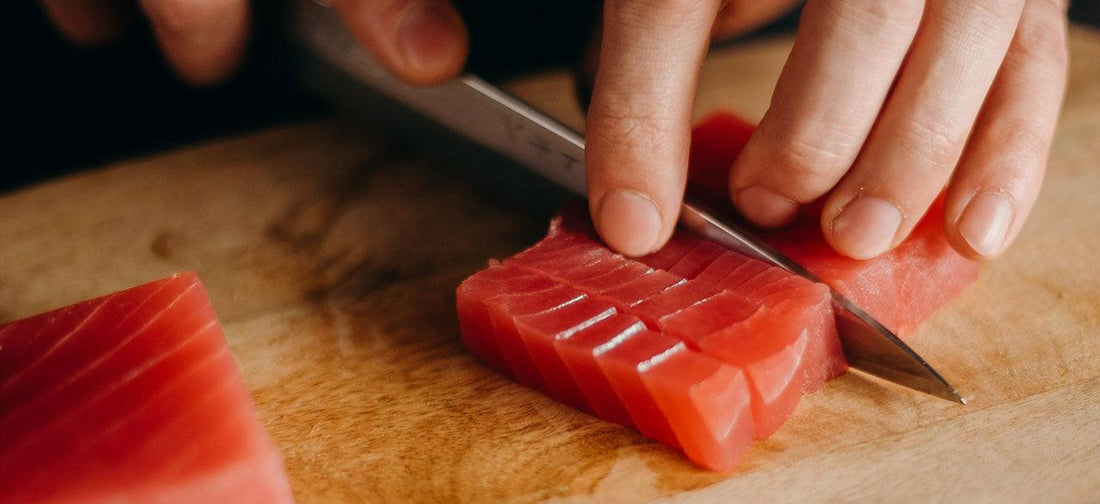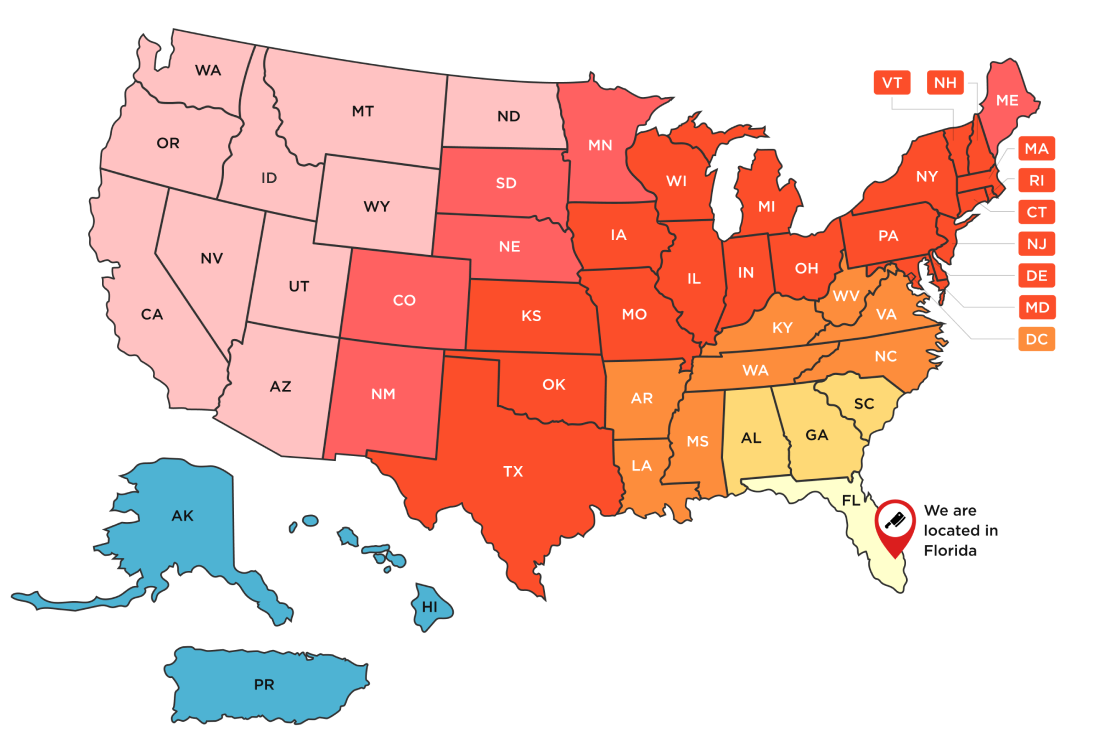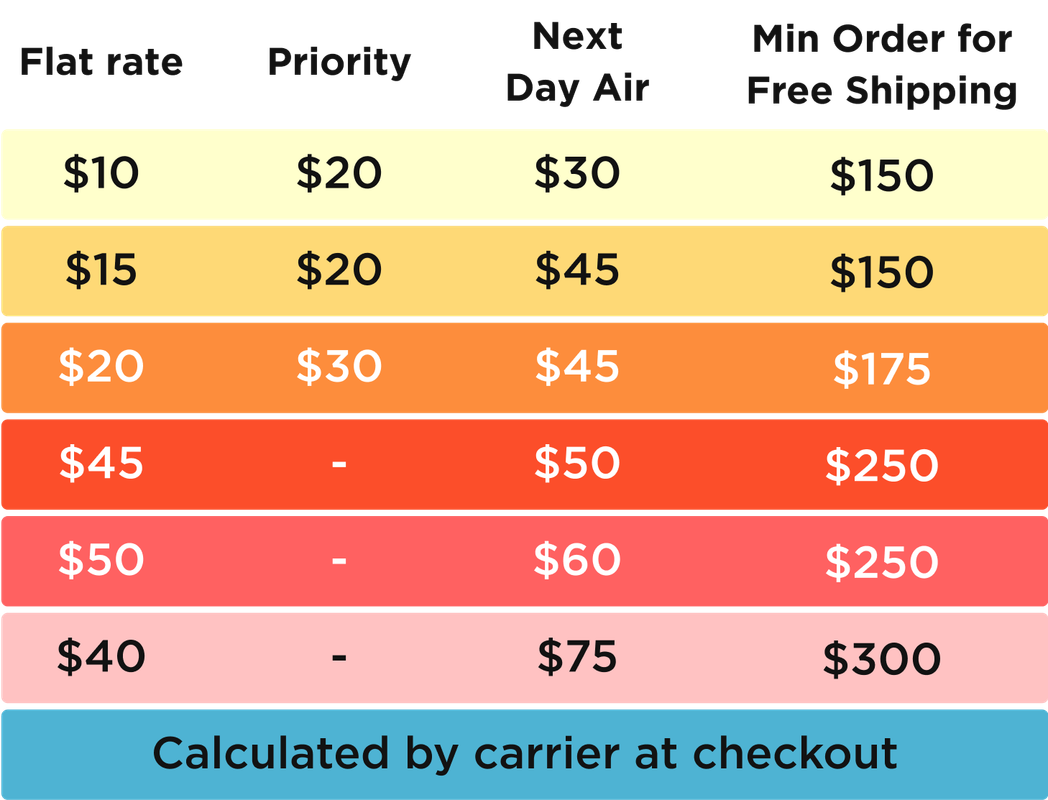
There Is No Such Thing As "Sushi-Grade" (Nor "Sashimi-Grade")
The taste of high quality fish, served raw, can only be rivaled by some of the very best Wagyu steaks.
One of the most common questions we get from our customers is whether our fish is "Sushi Grade" or "Sashimi Grade." Most of them are shocked by our answer which is simply, there is no such thing. Let us explain in more detail.
The Delicacy Of Sushi And Sashimi
Drawing from our experience, sushi, sashimi, ceviche, crudo and tartar are some of the finest foods that you can appreciate. A lot of people, however, are afraid of eating such dishes at home and would rather put their trust in the chef of a restaurant. Does that make sense? In most cases, no.

Eating raw fish is a custom in many countries around the world. Japan is known for sushi but most countries in Asia are accustomed to eating raw fish. Latin America is no different, Peru, Mexico, Ecuador, Venezuela, Colombia and most islands of the caribbean will have some variation of the Ceviche, Tiradito or crudo.
Meanwhile in America, raw fish is still somewhat of a novelty. Found only at ethnic restaurants, in part because finding fresh fish is not simple (it is hard to even tell what fish is fresh), which is particularly driven by the language employed by the federal regulators.
The USDA and the FDA do not have any clear regulations as to what makes fish suited for raw consumption. The ONLY thing an inspector will look for is the "parasite destruction guarantee*" but that does not apply to bluefin tuna, yellowfin tuna, and farmed salmon which are exempt from it.
What Is 'Sushi-Grade' Fish?

Whenever you wander into a grocery store or supermarket and see the claim "Sushi Grade", all it means is that the seller has judged it safe to eat raw. The claim is only as trustworthy as the market that makes it.
*Parasite destruction guarantee requires freezing and storing seafood at -4°F (-20°C) or below for 7 days (total time), or freezing at -31°F (-35°C) or below until solid and storing at -31°F (-35°C) or below for 15 hours, or freezing at -31°F (-35°C) or below until solid and storing at -4°F (-20°C) or below for 24 hours’ which is sufficient to kill parasites.
What Makes Fish Safe For Raw Consumption?

The answer isn't simple, but it is not that complicated either. It will vary from fish to fish and the handling of said fish is as important as the sourcing of it.
First, you should stick to the sea. Saltwater fish are best to eat raw and less likely to get you sick (fresh fish are susceptible to tapeworms).
Second, fresh fish means it has either been recently caught or it was properly frozen right after it was caught. In fact, as a consumer you are usually safer with frozen fish. After all, it is not like you can fish Yellowfin Tuna in New York or Miami.
Third, consider the handling. When it comes to fish, it isn't too different to any other type of meat. You want your fish processed in a clean environment and kept cold.
If you want to follow the USDA regulations: freeze it all (at temperatures only a super-freezer will reach) or cook it. So basically, either spend thousands of dollars on a super-freezer, trust that your local sushi restaurant did, or do not eat raw fish.
What Are The Risks Of Eating Raw Fish?
There aren't many statistics as to how risky it is to eat raw fish. In fact, the USDA sources Japan as a reference point. Note that Japan does NOT require or even recommend freezing fish meant for sashimi and yet the number of reported incidents is extremely low.
This is what the USDA "Bad Bug Book" reports on Anisakiasis, which is one of the "most common" diseases that result from eating raw fish:
"The frequency in the United States is unknown, because the disease is not reportable and can go undetected or be mistaken for other illnesses. Anisakiasis was first recognized in the 1960s. During the 1970s, about 10 cases per year were reported in the literature. The frequency is probably much higher, due to home preparation of raw or undercooked fish dishes. In Japan, more than 1,000 cases are reported annually (Population of 126,000,000)."
How To Minimize The Risks When Eating Raw Fish?
The safest fish to consume raw are tuna and farmed salmon. Mostly because they are the least likely to have parasites. That said, not all farms are equal. For example, at Meat N' Bone we sell Ora King Salmon which is farmed and is considered the best salmon in the world. This is a much better product for raw consumption than our Atlantic Salmon, which is great and while it CAN be consumed raw, is best cooked.

Ōra King salmon farms are isolated from disease, in the pristine waters of the Marlborough Sounds.
The same applies to our Tuna Saku, which is grade AAA and specifically sourced for Sushi and Sashimi lovers.
This doesn't mean the rest of the fish are not safe to eat raw, it just means it will carry more risks and as a consumer, it is up to you to decide whether you will take on those risks or not. We do recommend staying away from raw cod, as the cod family of fish is more susceptible than most saltwater fish to infection by a range of parasites. That said, cod doesn't make for the best raw fish anyway.
As a rule of thumb and from our firsthand experience and expertise:
-
Buy from seafood suppliers that are trustworthy (such as us).
-
Keep your fish cold or frozen (the colder you keep your fish, the longer it will keep and the safer it will be to eat).
-
Avoid cross-contamination.
One last drop of knowledg. Lime, citrus or any acidic bath will usually do nothing to kill most parasites. Also, most parasites are not deadly.
← Older Post Newer Post →








